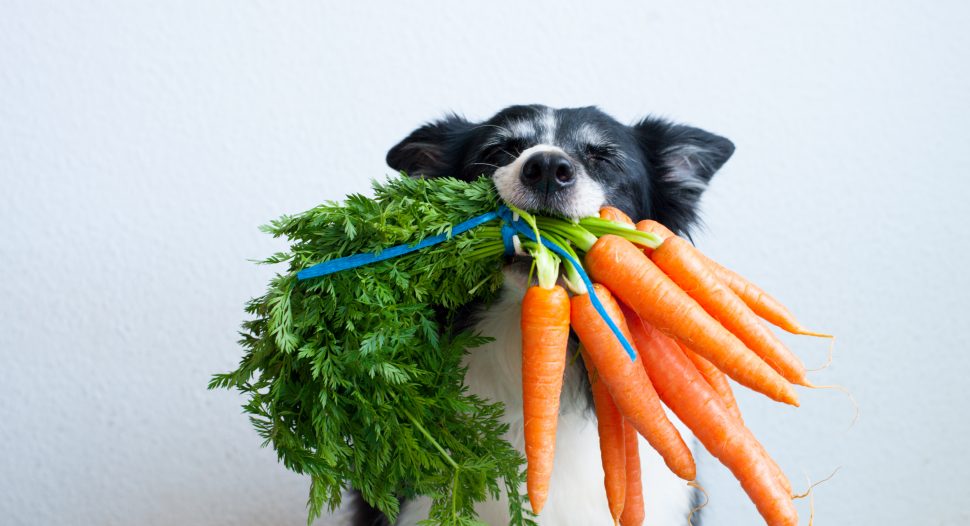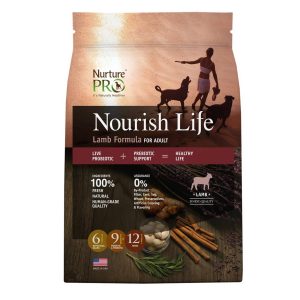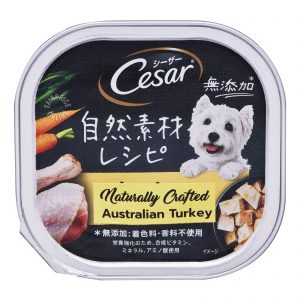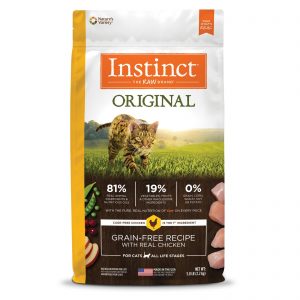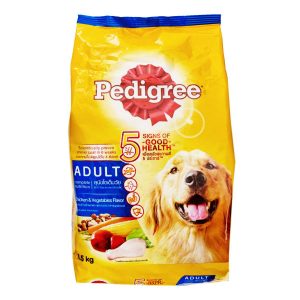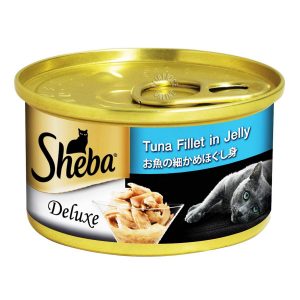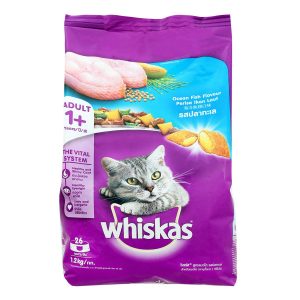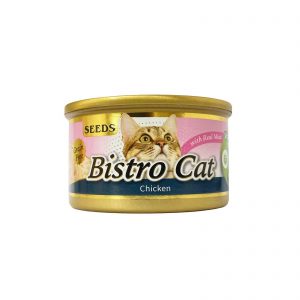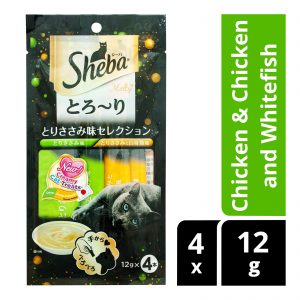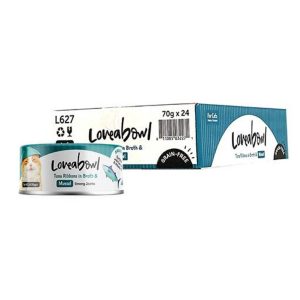Just like us, our pets require a variety of foods and nutrients for a balanced diet. Show ‘em some love by supplementing their kibble or wet food with some vegetables!
Vegetables are alkaline in nature, and can help to balance out the acidity of proteins in your pet’s diet. They can also provide other vitamins, minerals and even phyto-nutrients that may not be present in meat.
Get to know these top 7 vegetables and their health benefits, as well as how to incorporate them into your pet’s diet easily!
Disclaimer: Always seek your veterinarian’s advice before incorporating vegetables of any quantity into your pet’s diet.
Kale
Suitable for: Dogs
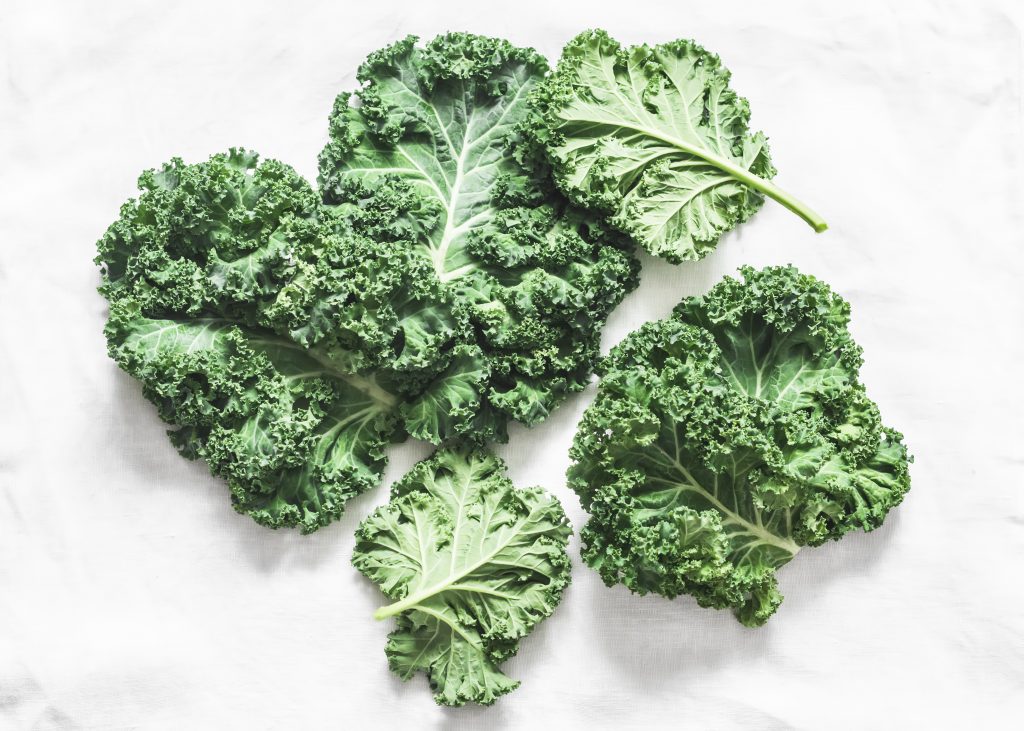
Kale is a nutritional powerhouse packed with eye-loving antioxidants such as lutein and zeaxanthin¹. When consumed in moderation, the higher calcium levels in kale can also help to strengthen bone health.
This cruciferous vegetable needs to be washed thoroughly before serving to remove any residual pesticides. Steam or boil it lightly, then mash it to add to your pooch’s plate. Kale’s mild flavour complements proteins with a distinct smell and taste such as lamb or turkey.
Note: Cats should never be fed kale. Kale is an oxidising agent that may cause life-threatening anemia in kitties!
Carrots
Suitable for: Dogs and cats
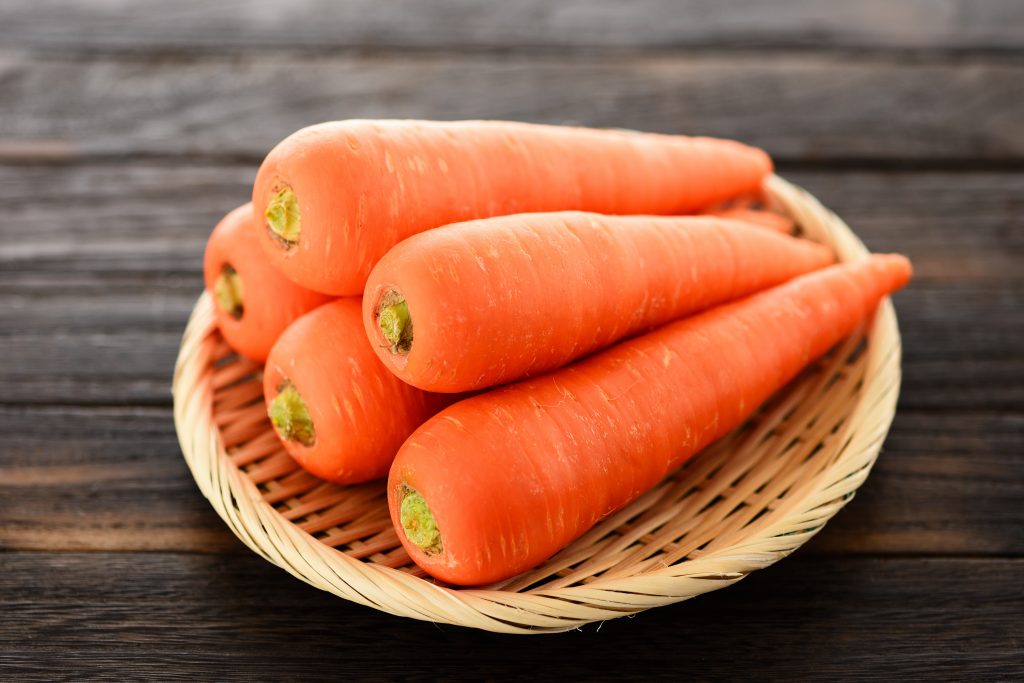
Instead of kale, feed your cat some carrots! This popular root vegetable is rich in beta-carotene, a provitamin A caratenoid that supports eye health and prevents diseases². Adult dogs can munch their way to healthier teeth and gums with a raw, whole carrot³!
Cats, however, cannot be fed raw carrots or they may choke. The safest way to feed carrots is to cut it into small pieces to cook or be pureed with no added seasoning⁴. Like steak with carrots or some potatoes on the side, treat your cat and throw some cut and cooked or pureed carrots for extra moisture in dry food. The fussiest feline may not even notice it’s there in small amounts.
Beetroots
Suitable for: Dogs
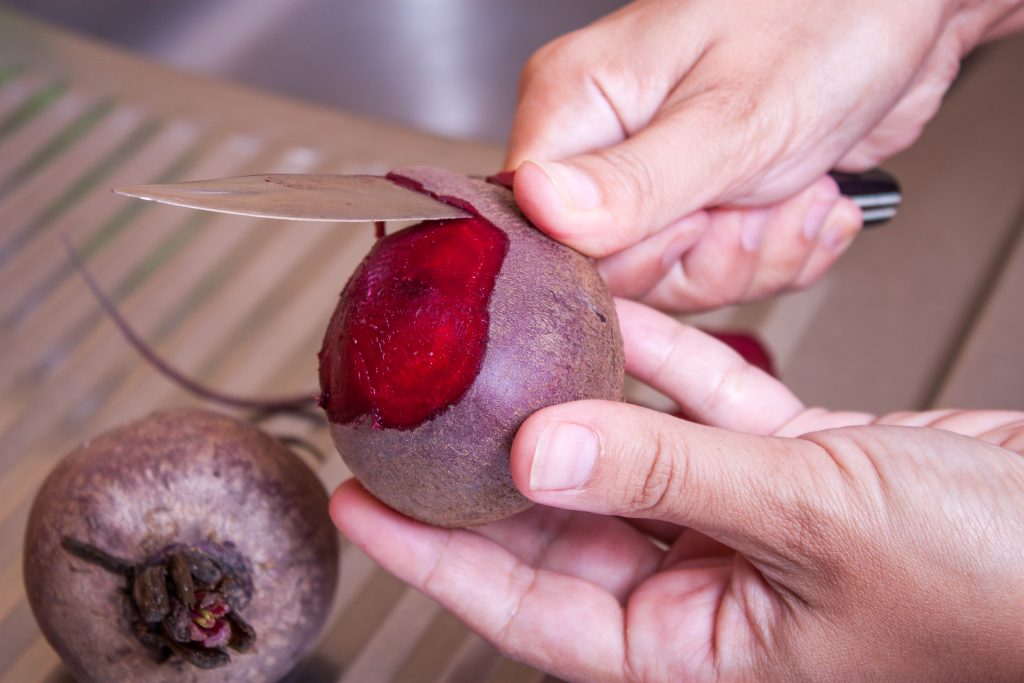
Pamper your pooch with a serving of this naturally sweet superfood! Beetroots are a great source of minerals like folate that promote healthier skin and a more lustrous coat⁵. It can also help your pooch to better absorb the other nutrients in their food!
Chop up and mash, or shred cooked beetroots to serve as a fresh food topper⁶. Its deep and vibrant red colour against their usual food such as kibble will be a delicious feast for the eyes!
Tip: Skin the beetroots before cooking to remove any residual toxins like pesticides.
Celery
Suitable for: Dogs, cats and most small pets
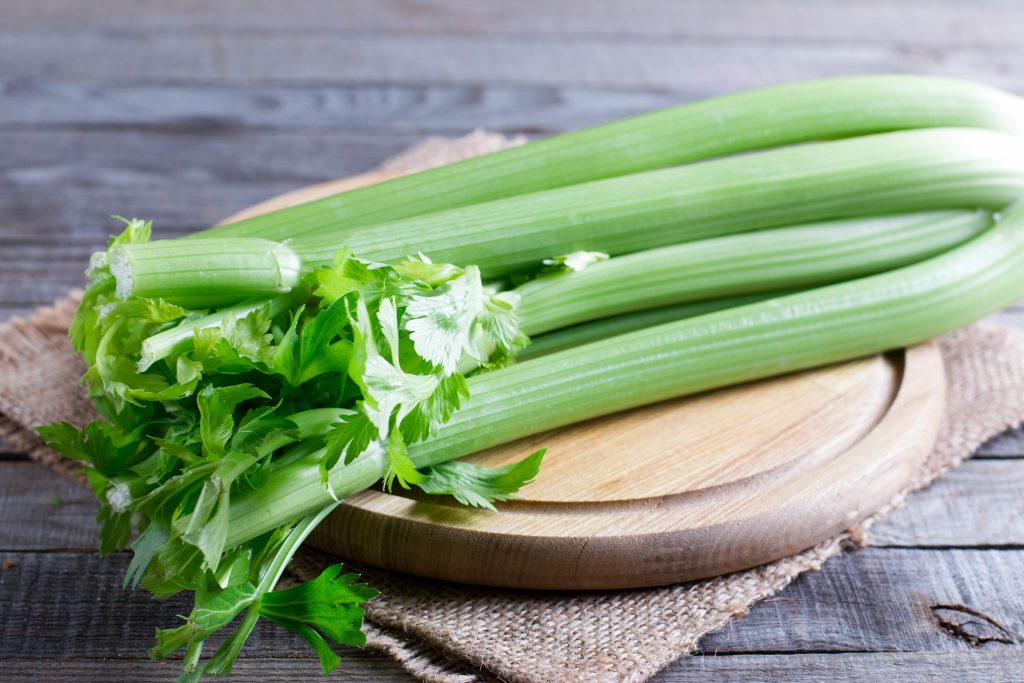
Celery is safe for dogs, cats and even most small pets to eat. It’s extremely high in vitamins B and C, as well as minerals like potassium to maintain the functioning of electrical charges in the heart, nerves, and muscles⁷. Like carrots, it’s the perfect crunchy snack when eaten raw with the added benefit of removing tartar buildup for fresh doggy breath!
Celery can also be blended into a pulpy juice to extract more of its nutritional value⁸. Allow its stronger, catnip-like flavour to shine by mixing it with seafood such as white fish.
Small pets like hamsters can also benefit from a stalk or two of celery — sans the strings. The stringy texture can choke them, so ensure they are removed and cut into pieces so it can be nibbled on safely.
Cucumbers
Suitable for: Dogs, cats, and most small pets
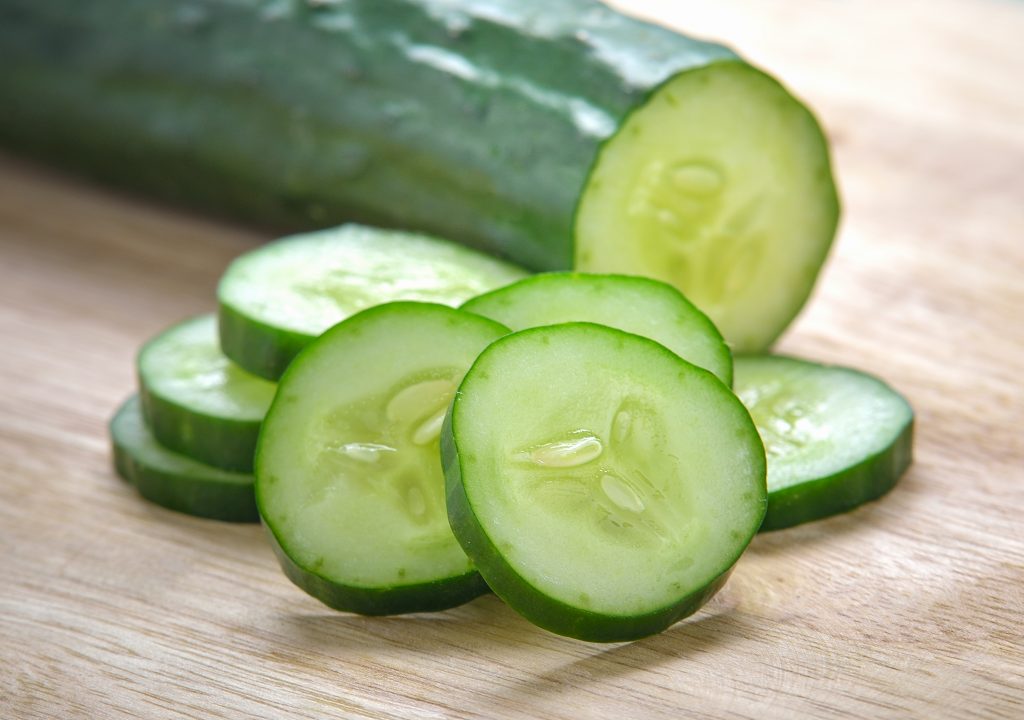
Like celery, cucumbers are mostly made up of water. Chopping up some cucumbers to include in your pet’s food is an excellent way of ensuring that they stay well-hydrated. It’s also rich in vitamin K to keep your feline’s liver in top-notch condition, as well as possibly help with blood clotting⁸.
For the canines, cucumbers also contain other minerals like potassium and magnesium that are important in their diet⁹ too!
Note: Remove the skin and seeds, then chop it up into smaller pieces before mixing it into your pet’s food. This will make it gentler on sensitive tummies¹⁰! Add it to dry food for a hydration boost.
Cucumbers can be fed raw to smaller animals such as hamsters¹¹ and rabbits as well!
Green Beans
Suitable for: Dogs, cats, some small pets and reptiles
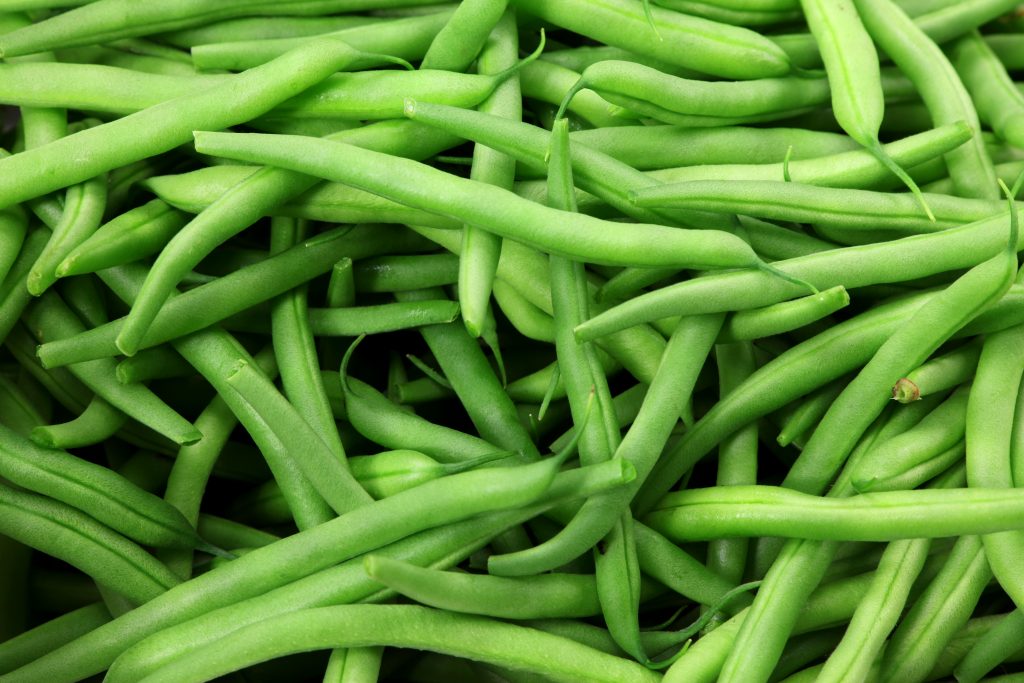
Furry and scaly friends, rejoice! Reptiles such as green iguanas, spiny-tailed lizards, and the likes of tortoises and turtles can be fed cooked or raw green beans¹² to supplement their diet. One serving is a good source of essential minerals such as iron and manganese to support bone and blood health, as well as promote wound healing¹³.
Kitties, however, cannot digest raw green beans well. Lightly boil or steam their green beans without adding any seasoning, then mix it into their food¹⁴.
Butternut Squash
Suitable for: Dogs and cats
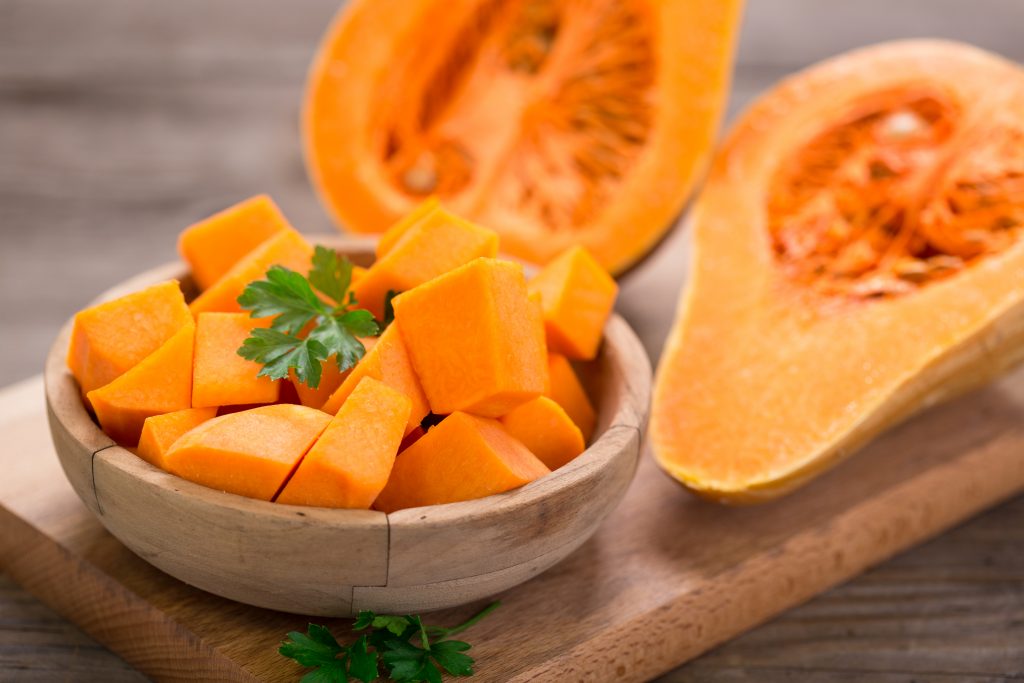
Lastly, butternut squash is undoubtedly one of the safest and healthiest vegetables to feed your pet! It’s packed full of minerals like phosphorus that works alongside calcium to strengthen your pooch’s bones. Manganese, on the other hand, is the mineral that actually helps their body to absorb other nutrients like vitamin C¹⁵.
In fact, feeding squash is an excellent hairball solution for kitties! It will help felines to naturally flush out excess hairballs sans the excess calories because of its high fibre content¹⁶. You can blend a small portion of squash easily into a creamy cat treat! Add some water to dilute it where needed.
If you’re strapped for time during mealtimes, mix a puree into a prepackaged broth with added ingredients to create a variety of lickable textures your feline will lap up!
The convenience of feeding your pet ready-to-eat protein such as meats is unparalleled, but we hope that this article has given some ideas on how you can easily incorporate fresh vegetables as well.
However you choose to feed your pet, you can show them love everyday by shopping for all the best deals on pet food and supplies here now!
***
References:
¹ Raw Bistro Pet Fare 2022, Can dogs eat kale? Benefits of kale for dogs, viewed 17 January 2022
² ³ AKC Staff 2021. Fruits and vegetables dogs can or can’t eat, American Kennel Club, viewed 17 January 2022
⁴ Lowrey, S 2019, Can cats eat carrots?, Catster, Belvoir Media Group, viewed 17 January 2022
⁵ Ashley, S 2021, What vegetables can dogs eat? (19 to go for & 8 to avoid), Pure Wow, viewed 18 January 2022
⁶ Caring for Your Dog 2022, Can my dog eat beets?, The Dog People, Rover.com, viewed 18 January 2022
⁷ ParsleyPet Wellness 2020, 3 easy ways to add potassium to your dog’s diet, viewed 18 January 2022
⁸ Brown, J 2021, Can dogs eat celery?, The Spruce Pets, viewed 18 January 2022
⁹ Bess, E 2022, Can dogs eat cucumbers?, The Dog People, Rover.com, viewed 18 January 2022
¹⁰ Howard, B 2021, Are cucumbers cool for dogs? , Daily Paws, viewed 18 January 2022
¹¹ Mitchell, S 2020, What can hamsters eat?, Be Chewy, viewed 18 January 2022
¹² Cedar Creek Veterinary Clinic 2022, Reptile diet, MH Sub I, viewed 19 January 2022
¹³ Walther, R 2022, Can dogs eat green beans? Here’s everything you need to know, Pawlicy Advisor, viewed 19 January 2022
¹⁴ Litter-Robot Blog 2021, Can cats eat beans?, Automated Pet Care Products, viewed 19 January 2022
¹⁵ Miller, A 2022, Can dogs eat butternut squash?, Pure Pet Food Ltd, viewed 21 January 2022
¹⁶ PetCosset 2020, Can cats eat squash? 5 important benefits, viewed 21 January 2022
